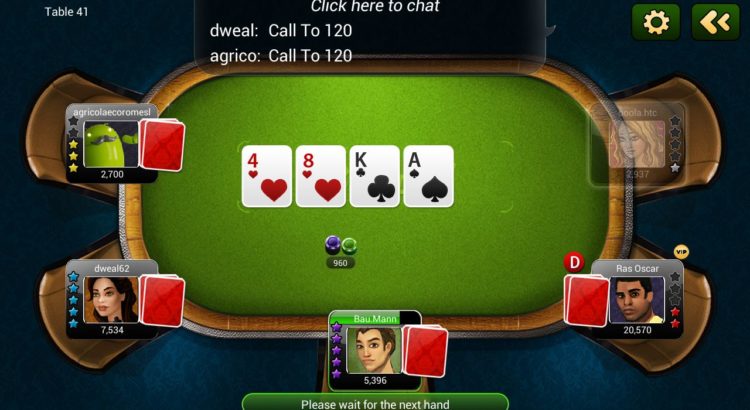Immediately after you get your pocket cards, you need to decide whether to play them. This choice is influenced by many factors: actual cards strength (the most important), position, opponents actions, the table type (the same for opponents – loose or tight). In addition, the number of players influences the starting hands’ list. Games with a different number of opponents assume different pre-flop strategies. So which poker hand is better? Poker hands really determine your decision.

General Outlines of Starting Hands Strategy or Which Poker Hand is Better
There are different schemes in which the strategy is outlined. They are different but have common features. In the beginning, the mentioned features should be checked at Judi Bola site. It will improve the skills and strategies of the players to win big and more at the poker online website. The experience of the players will be great and an invitation can be provided to the friends and family members.
- So, all starting combinations are divided into several groups. The first group includes “hands-monsters” regarding the most beneficial ones. There are only 4 (5) of them: AA, KK, QQ, AKs, (AKo). The last option is bracketed, as it is not considered as a “monster” by all players. Having such pocket cards, you always need to go all in and raise possible re-rises of other players on pre-flop.
- The second group is strong hands. These include pairs 99-JJ, AJs-AQs, AQo. In such a case, you usually have to raise. However, being in the early position, and seeing your opponents raised before you, or someone reraised, you should call, and sometimes even fold.
- The third group is medium strength hands (ATs, ATo – AJo, KQs, KQo). Ordinary, these hands are recommended to be played only from the middle and late positions. If there was no raise before you, then make it. If there was a raise, then they should be used to defend only the blinds.
- The fourth group is unsustained strong hands: pocket pairs from 22 to 88, as well as high suited cards (T9, JT, QT, QJ, KT, KJ). With these hands, you can raise only from the late positions if all folded before you.
- The fifth group of cards that should be played is the so-called “strong mixed hands“. These include all the unpaired cards from the previous group (except T9), but only the off suited ones. Also, A2s – A9s, K9s, 98s, 87s refer here. With them, you can raise from the late positions, if everyone folded, and call if there was no raise before you. In all other cases, fold.
Hands that are not included in any of the groups should be always folded (except for stealing blinds, but this is a separate topic).
- The actions of opponents before you
We have already mentioned this factor. Having the same combination in the same position you will play differently depending on what your opponents have done.

Tables and opponents are commonly divided into tight and loose. In the first case, players play a smaller number of starting hands and play till showdown only with strong hands (of course, disregarding bluff). In the second – a wider range of hands is played, and up to 7 players see the flop. Accordingly, you need to adjust your strategy, because your rivals are sure to play dubious hands.
The more players are at the table, the more carefully you need to approach the choice of pocket hands. There are long tables (7-9 players), short (3-6), and heads-up ones. The last is a one-on-one game. In the first case, you’ll need to play only 12 to 20% of hands, in the second one, almost every hand should be played.
Moreover, to understand which poker hand is better, remember that starting hands’ strength depends on poker type. If you play No-limit, consider the stakes and stack size.



